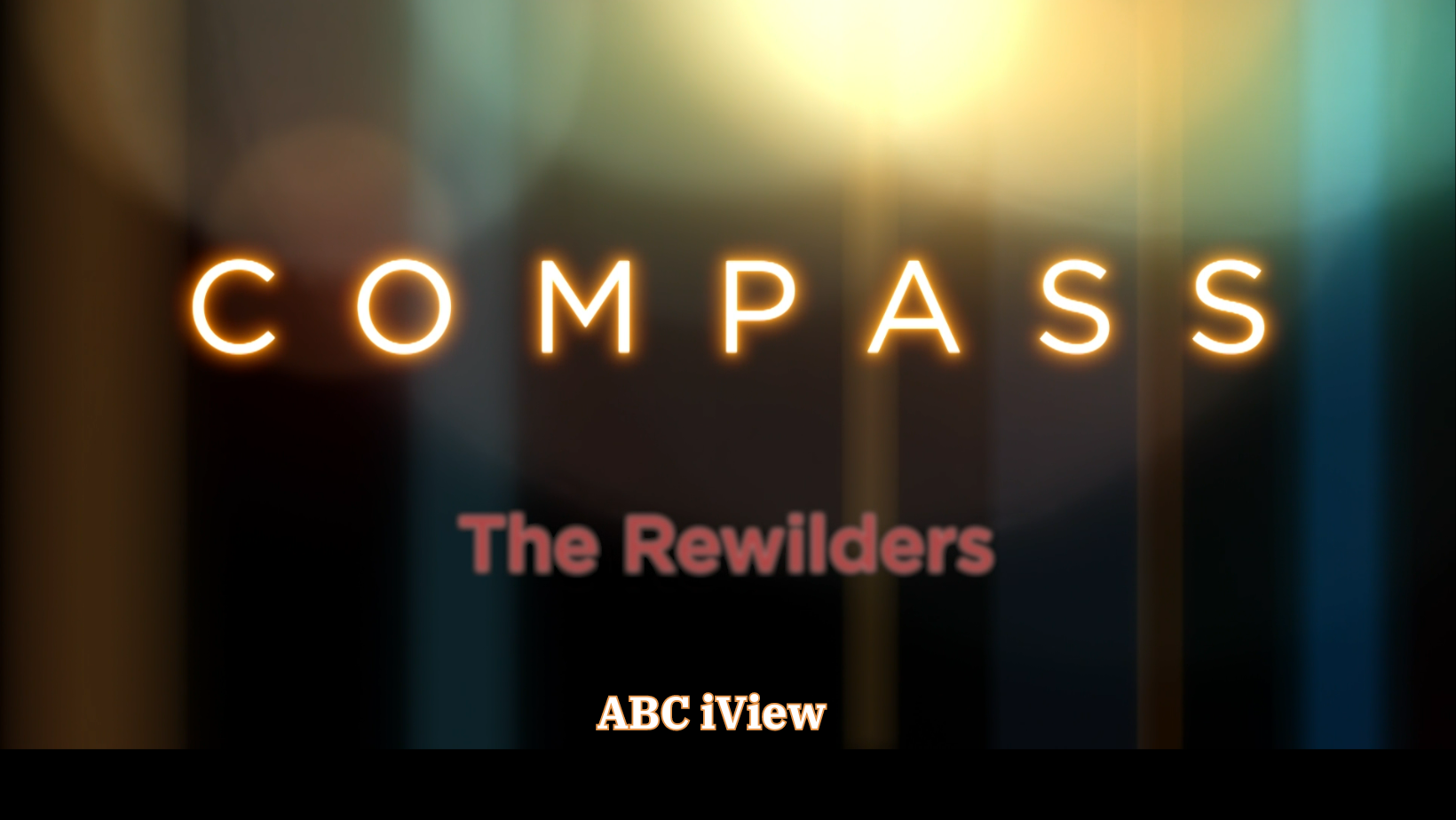By Way of the Waters
/It has occurred to me in recent years that living amongst beaches, lakes and rivers and only ever seeing them from the shore is a bit like peering in at the ice cream flavours and never tasting them. Not about to invest in a boat, I haven’t been quite sure how to bridge the gap.
I had the same dilemma while camped for the last two weeks at beautiful Bingil Bay, a few beaches north of Mission beach. A quintessentially tropical beach, the joy of tumbling out of the caravan and onto the sand to watch the hibiscus red sunrise has been marred by the tempting lure of a string of tropical islands off the coast.
When the opportunity came to swap my land legs for a sea kayak and paddle for a day trip to Dunk Island I jumped at it.
The day dawned so still I could see my reflection in the water.
Wecarved into it in long strokes, the lazy beach houses fading behind a line of coconut trees. Soon I was no longer a landlubber, but out on the deep blue, equidistant between two green spires of land, my arms, like fins, my only means of travel. We headed first for a mangrove sand bank between two islands, inaccessible to even the smallest of dinghies. A turtle darted metres in front and a pair of pied oystercatchers raised the alarm over our heads, close as we must have been to their nest.
“It’s a booby,” called David, the guide from Coral Sea Kayaking, upon seeing me crane my neck to glimpse the unfamiliar sea bird.
David turned out to be a wealth of both naturalist and historical knowledge on the area.
After decades of adventure guiding all over the world inc;udingwhite-water rafting in the wild regions of north eastern Turkey, Africa, and northern Thailand, he and his partner Atalanta returned to north Queensland to ‘live the dream,’offering sea kayak treks since the late nineties.
We rounded the white sand coast to Dunk Island, so named, David informed us, after the second Earl of Halifax, George Montague Dunk, when Cook sailed past the island on 9th June 1770.
I’m amazed to hear that the canopy of green that covers the island was stripped bare by cyclone Yasi only five years ago. The damaged rooves from the now abandoned resort can still be seen from the water.
We landed on a small bay for lunch and a snorkel. Just like the tourist industry, the coral suffered badly from the cyclone but I’m still enthralled by the variety of fish finding life amongst the ruins.
An onshore wind whipped up on the way back. Still, the seasickness I prepared for with the knob of ginger in my pocket didn’teventuate.
The great wilderness of Hinchinbrook Island lay long and shadowy as a sleeping whale to the south.
“We’re heading out there for a 7 day paddle on Sunday,” David said. “Wanna come?”
“Wow, maybe next year,” I replied. For now, I’m dreaming about all the kayaking possibilities closer to home this summer.




